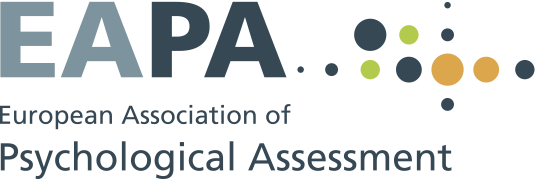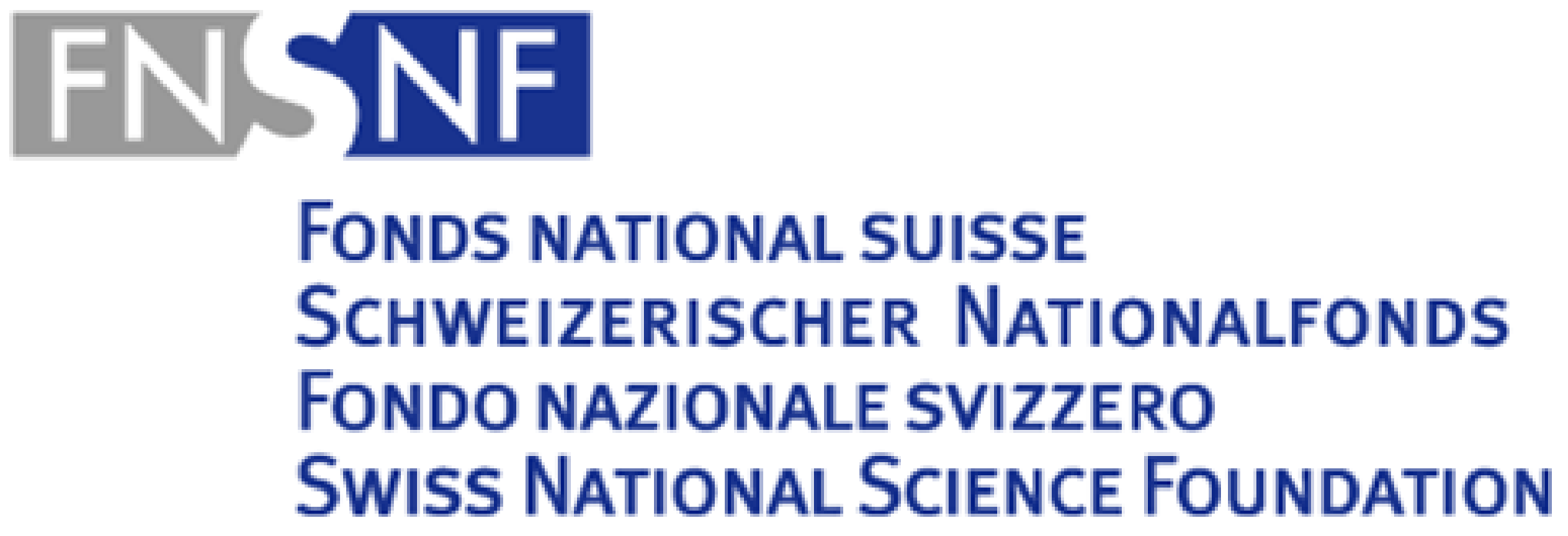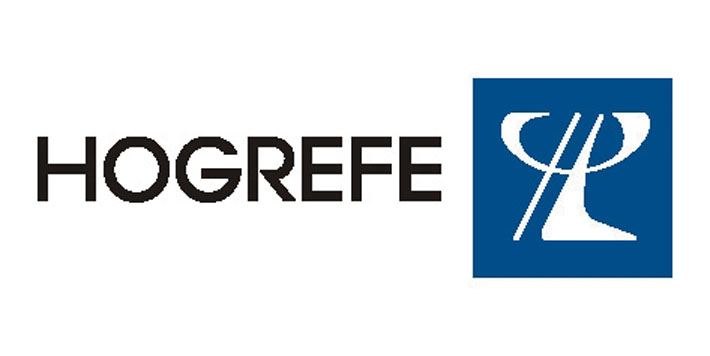Keynote Speakers
The following keynote speakers have been confirmed so far:- Dave Bartram, CEB’s SHL Talent Management Solutions, UK, and University of Pretoria, Department of Human Resource Management, South Africa
- Fritz Drasgow, University of Illinois at Urbana-Champaign, USA
- Ulrich Ebner-Priemer, Karlsruhe Institute of Technology, Germany
- Robert Krueger, University of Minnesota, USA
- Deniz S. Ones, University of Minnesota, USA
- Reinout W. Wiers, University of Amsterdam, Netherlands
Dave Bartram

| Title: | Do countries and organizations have personalities? |
| Affiliation: | CEB’s SHL Talent Management Solutions, UK, and University of Pretoria, Department of Human Resource Management, South Africa |
| More: | Personal Website |
If countries are heterogeneous collections of people, we would expect any differences in aggregate personality profiles between them to be small and random. Systematic sources of method bias could cause differences to emerge but such biases should be independent of other aggregate level variables. The same argument applies to organizations. However, there is compelling evidence that countries and organizations are to a degree homogeneous with respect to personality. Furthermore the differences in aggregate level personalities are related to external measures of culture and performance. In this presentation I will review some published research (Bartram, 2008, 2013a, b) on country level effects and describe some more recent work looking at organizational personality and its relationship with organizational reputation on the one hand and business performance on the other.
Fritz Drasgow

| Title: | Computer Adaptive Assessment of Personality |
| Affiliation: | University of Illinois at Urbana-Champaign, USA |
| More: | Personal Website |
A program of research began with the goal of creating a flexible, computerized adaptive assessment of personality characteristics that was resistant to faking and predictive of important aspects of job performance. The latent structure of personality was explored to identify facets underlying the Big Five that were sufficiently unidimensional for item response theory (IRT) to be utilized. We found that an ideal point item response theory model was needed to adequately describe responding to personality questions; more commonly used dominance models such as the two-parameter logistic were found to fit poorly. A two-alternative forced choice format has proven fake resistant, provided that statements are balanced on both social desirability and dimension extremity. With a computer adaptive algorithm, test length can be half the length of a static assessment without loss of reliability. Predictive validity results for large samples of U.S. Army soldiers will be presented.
Ulrich Ebner-Priemer

| Title: | Ambulatory Assessment: Promises and challenges |
| Affiliation: | Karlsruhe Institute of Technology, Germany |
| More: | Personal Website |
The term “Ambulatory Assessment” encompasses a wide range of methods used to study people in their natural environment, including momentary self-report, observational, and physiological methods. In the following, I will illustrate four major advantages of this approach: (a) Real-time assessments increase accuracy and minimize retrospective bias; (b) assessments in real-life situations enhance generalizability, (c) repeated measurements allow tracing of dynamic processes; and (d) multimodal assessments integrate psychological, physiological, and behavioural data. Regarding “promises”, I will report on studies assessing dynamic processes using Ambulatory Assessment. Several of these studies did reveal added value in comparison to more traditional assessment methods in predicting future outcome. Regarding “challenges”, I will demonstrate that the time based design is a special challenge and that the sampling strategy must fit the psychological process of interest. I will outline elaborate strategies, like activity-triggered e-diaries or experimental manipulation in everyday life, to increase within-subject variance in everyday life. To conclude, I will briefly discuss reactivity, generalizability and privacy issues.
Robert Krueger

| Title: | Assessment of Personality Disorders in DSM-5 |
| Affiliation: | University of Minnesota, USA |
| More: | Personal Website |
DSM-5 marks a watershed moment in the history of official psychiatric classification systems because it is the first DSM to feature an empirically based dimensional model of personality pathology. Relative to DSM-IV, DSM-5 is better connected with assessment research because it encompasses an empirically-based model of maladaptive personality traits, and an associated assessment instrument, the Personality Inventory for DSM-5 (PID-5). Nevertheless, much of DSM-5 remains constrained by the psychiatric proclivity to conceptualize psychopathology in terms of numerous putatively discrete categories, despite extensive evidence to the contrary of this conceptualization. Although numerous political and scientific challenges remain, working to enhance the connection between Psychiatry and quantitative assessment research will ultimately enrich both areas. This talk will review recent research on the PID-5, and discuss how this stream of research can influence how we approach problems in psychiatric classification.
Deniz S. Ones

| Title: | Measuring adaptive and maladaptive personality for workplace applications |
| Affiliation: | University of Minnesota, USA |
| More: | Personal Website |
Personality science has made great strides in industrial, work and organizational psychology over the past two decades by documenting the myriad of workplace behaviors and attitudes that personality predicts. In this presentation, I will focus on how structure and spectrum of personality measurements can be utilized for workplace applications such as employee selection and development. Personality constructs range between maladaptive positive and negative extremes, with the middle normal range representing typical (i.e., “normal” or adaptive) traits. Both adaptive and maladaptive personality construct space is characterized by hierarchy (including general factor of personality, meta-traits, Big Five factors, aspects, and facets), lack of simple structure (resulting in compound traits indicating more than one personality domain), and bipolarity. Implications for work-oriented assessments and predictive validity will be discussed.
Reinout W. Wiers

| Title: | Assessing and changing cognitive processes in addiction |
| Affiliation: | University of Amsterdam, Netherlands |
| More: | Personal Website |
Dual process models have described addiction as a combination of relatively strong bottom-up cue-related neurocognitive processes and relatively weak top-down cognitive control processes (e.g. Bechara, 2005; Wiers & Stacy, 2006). I will describe some of the tests used to assess these bottom-up processes. In line with this perspective, we found across several studies a larger impact of memory associations and approach tendencies on behavior in adolescents with relatively weak cognitive control. Dual-process models have recently come under fire (e.g. Keren & Schul, 2009), but we think they can still be useful at a descriptive psychological level, while more work should be done to illuminate the underlying neurocognitive mechanisms (Gladwin et al., 2011). Moreover, dual process models inspired new interventions aimed at changing relatively automatic processes in addiction, varieties of Cognitive Bias Modification (CBM) paradigms (see Wiers et al., 2013). I will present work on attentional re-training in alcoholism (Schoenmakers et al., 2010) and on approach-bias re-training (Wiers et al., 2011; Eberl et al., 2013), which have yielded clinically relevant results. I will also argue that task requirements for assessment and modification are hard to reconcile: tasks that are optimal for assessment are not very suitable for modification and vice versa.











